Cross-border e-commerce ecosystem accelerates the construction of enterprises "going out to sea" and expands new channel stations to the international "C position"
CCTV News:In layman’s terms, cross-border e-commerce means "buying" and "selling" the world online. At the Central Economic Work Conference held at the end of 2023, it was put forward that it is necessary to accelerate the cultivation of new kinetic energy of foreign trade, consolidate the basic disk of foreign trade and foreign capital, and expand intermediate trade, service trade, digital trade and cross-border e-commerce export.
In 2023, the import and export of cross-border e-commerce increased by 15.6%.

In the past 2023, cross-border e-commerce has become a highlight in China’s foreign trade field. According to customs data, in 2023, China’s cross-border e-commerce import and export was 2.38 trillion yuan, an increase of 15.6%, of which exports were 1.83 trillion yuan, an increase of 19.6%.
The cross-border e-commerce ecosystem is accelerating.
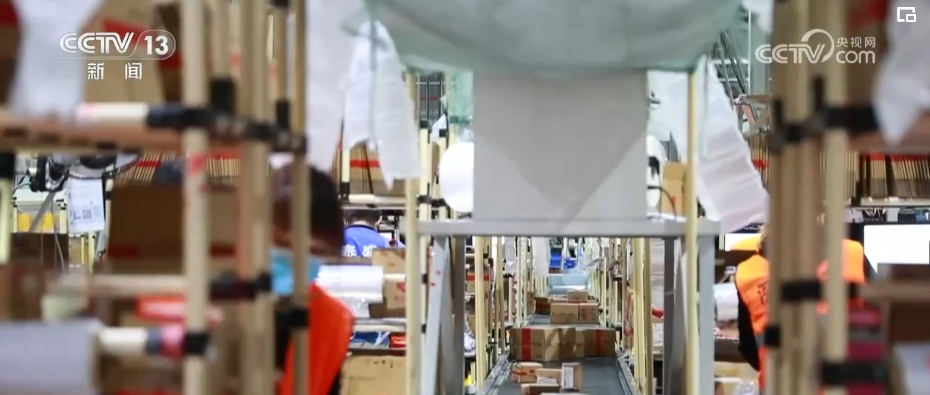
At present, China’s cross-border e-commerce sales network covers more than 220 countries and regions around the world, and there are more than 200,000 independent cross-border e-commerce stations. The number of overseas warehouses exceeds 2,400, covering an area of over 25 million square meters. Third-party service providers such as logistics, payment and express delivery serve hundreds of thousands of customers around the world.
More than 400 garment enterprises in Tianmen, Hubei Province "ride the clouds" to the sea.
Textile and clothing is the traditional pillar industry of Tianmen. There are more than 10,000 clothing business entities in the city, most of which are mainly oriented to the domestic market. With the integration of cross-border e-commerce into the local clothing industry, more and more enterprises have seen business opportunities hidden overseas.
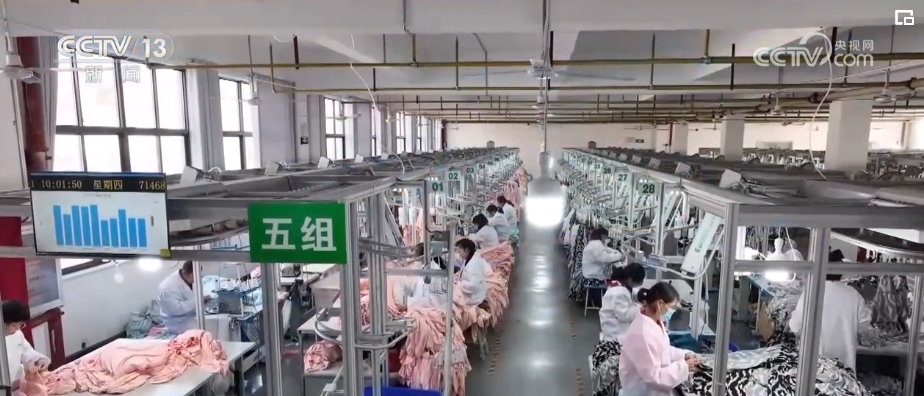
In Tianmen, there are more and more clothing enterprises aiming at overseas track. Two years ago, the number of local garment enterprises engaged in cross-border e-commerce business was only single digits, but now it has grown to more than 400.

At the beginning of the new year, this "cross-border fever" that swept through Tianmen clothing industry continued to heat up.

How to seize this opportunity? The local authorities responded quickly. First, the major cross-border e-commerce platforms were invited to promote investment in Tianmen to explain the entry process and operation rules for garment enterprises. At the same time, we will pay close attention to improving the industrial ecology, a cross-border e-commerce industrial park integrating raw material production, garment processing, logistics and warehousing, and the first batch of 100,000 square meters office areas will open before this Spring Festival.
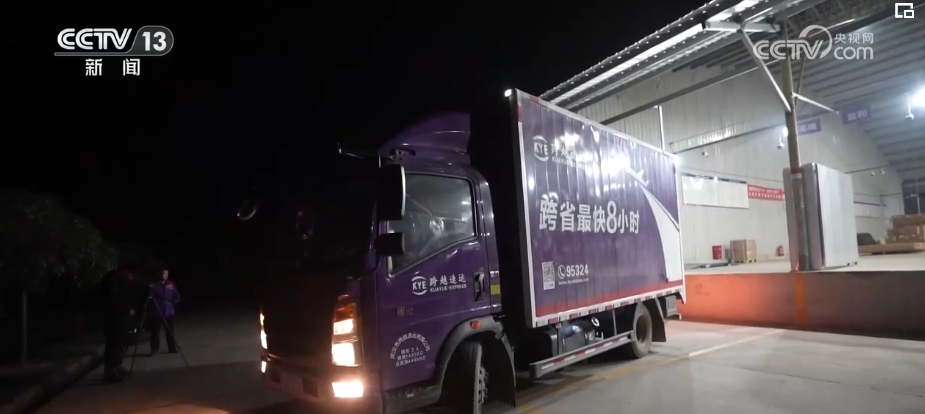
Whenever night falls, the courier will box and ship the packages received from various garment factories. The shipment volume of this cross-border logistics station has increased from less than 20 tons per day in 2022 to 70 tons per day today — 100 tons.
Counting cross-border e-commerce: small packages open big markets.
Through the invisible e-commerce network, small parcels are continuously distributed to overseas consumers. What are the hot items? How do small and medium-sized enterprises stand in the international "C position"?

In 2023, 1.83 trillion yuan of goods in China were exported to all parts of the world through cross-border e-commerce, 2.3 times that of five years ago. China’s ancient craft of straw woven tote bag and Taomi water shampoo have become the hearts of European consumers. In overseas cat families, smart cat litter pots and automatic feeders from China have become new favorites. Lithium batteries and solar cells have also become hot items for global buyers to place orders.
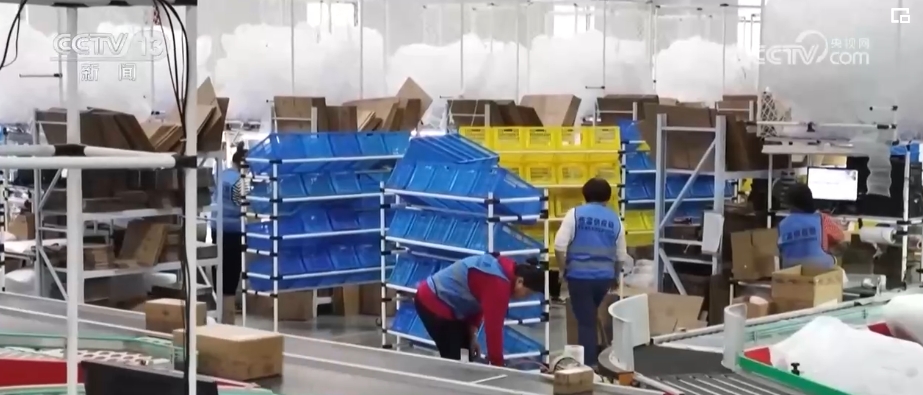
In 2023, in the top ten list of global shopping App downloads, China e-commerce accounts for half of the country. Behind the list, new opportunities follow. At present, the number of cross-border e-commerce entities in China has exceeded 100,000, extending from central cities and provincial capitals to second-and third-tier cities, and the number of comprehensive experimental zones in cross-border electronic commerce has reached 165.
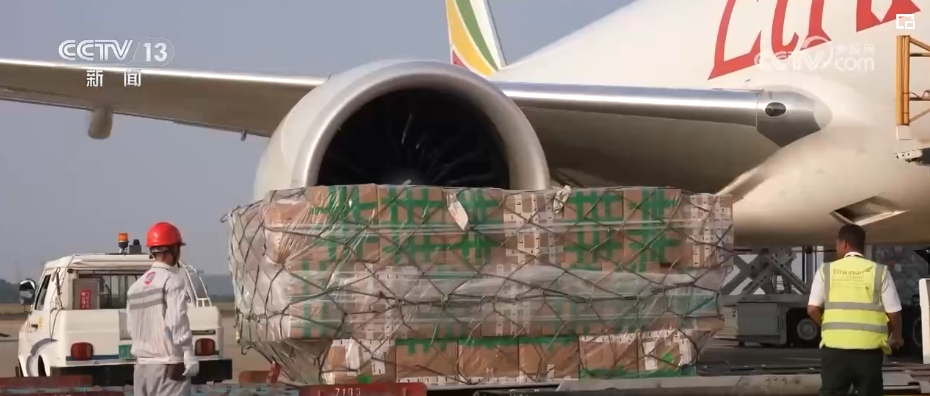
It is estimated that by 2025, the transaction volume of cross-border electronic commerce in China will reach 2.5 trillion yuan, which will bring new opportunities for China enterprises and brands.
Expanding cross-border e-commerce exports and cultivating new kinetic energy of foreign trade
Cross-border e-commerce, as a new foreign trade format with the fastest development, the greatest potential and the strongest driving effect, is becoming an important development trend of international trade. All localities are also introducing affordable policies, increasing support and seizing this new opportunity.

Shanghai supports the joint construction and sharing of overseas warehouses, and encourages small and medium-sized enterprises of cross-border e-commerce to rent overseas warehouses to "go out to sea"; Chengdu took out "real money and silver" to attract cross-border e-commerce "chain owners" enterprises; Hangzhou encourages cross-border e-commerce enterprises to strengthen intellectual property protection; Suzhou encourages all localities to develop cross-border e-commerce industry organizations and supports the establishment of different forms of industry groups.
Policy support, accelerated layout of upstream and downstream enterprises, and cross-border e-commerce "going out to sea" continue to expand new channels. Looking forward from the starting point of the new year, the mobile package is an opportunity to share China’s big market, and it also contains the future of China’s close connection with the world.